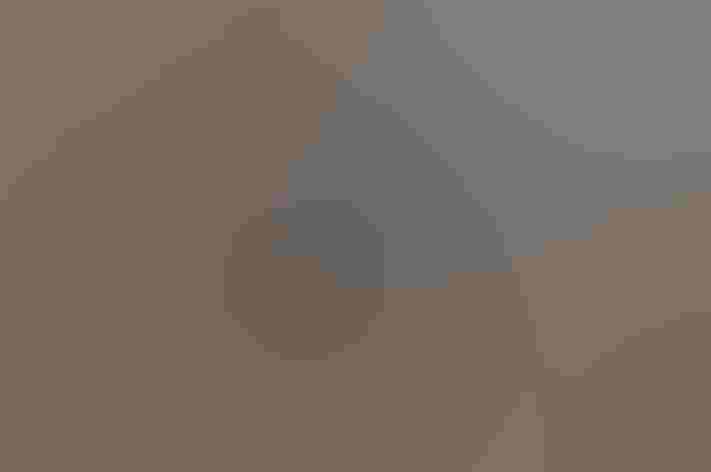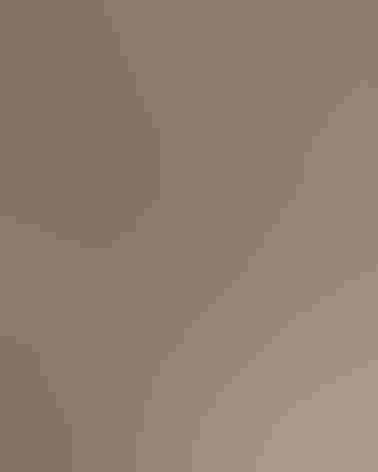Carolina Chickadee
At a Glance
Very similar to the Black-capped Chickadee, this bird replaces it in the southeastern states. Living in milder ÃÛèÖAPPs, it has been reported to be less of a visitor to bird feeders, but it does come into suburban yards for sunflower seeds. Where the ranges of Black-capped and Carolina chickadees come together, they often interbreed. In these contact zones, they also can learn to imitate each other's songs -- causing great confusion for birdwatchers.
All bird guide text and rangemaps adapted from by Kenn Kaufman© 1996, used by permission of Houghton Mifflin Harcourt Publishing Company. All rights reserved.
Category
Chickadees and Titmice, Perching Birds
IUCN Status
Least Concern
Habitat
Forests and Woodlands, Shrublands, Savannas, and Thickets, Urban and Suburban Habitats
Region
Florida, Great Lakes, Mid Atlantic, Plains, Southeast, Texas
Behavior
Flitter, Rapid Wingbeats, Undulating
Population
13.000.000
Range & Identification
Migration & Range Maps
Permanent resident.
Description
4-5" (10-13 cm). Extremely similar to Black-capped Chickadee. Averages slightly smaller. In fresh plumage (late fall and winter), Black-capped shows more obvious white edgings on feathers of forward part of wing, while Carolina is plain gray there, but both can look plain gray-winged in worn summer plumage. Black bib may have neater lower edge on Carolina, more ragged edge on Black-capped. Range is best clue.
Size
About the size of a Sparrow
Color
Black, Gray, Tan, White
Wing Shape
Rounded
Tail Shape
Notched, Rounded, Square-tipped
Songs and Calls
A buzzy chickadee-dee-dee-dee, higher pitched and faster than that of the Black-capped Chickadee; song has 4 whistled notes, see-dee, see-dee, with a downward inflection, rather than the 2- or 3-noted song of the Black-capped.
Call Pattern
Falling
Call Type
Buzz, Chirp/Chip, Trill, Whistle
Habitat
Mixed and deciduous woods, river groves, shade trees. Mostly in deciduous forest, also in pine woods with good mixture of oak or other leafy trees, and will nest in well-wooded suburbs. Habitat like that of Black-capped Chickadee; where the two species overlap in the Appalachians, Carolina Chickadee lives at lower elevations.
Sign up for ÃÛèÖAPP's newsletter to learn more about birds like the Carolina Chickadee
Behavior
Eggs
5-8. White, with fine dots of reddish brown often concentrated around larger end. Incubation is probably by female only, 11-13 days. Adult bird disturbed on nest makes loud hiss like that of a snake.
Young
Both parents feed nestlings. Young leave nest about 13-17 days after hatching.
Feeding Behavior
Forages mostly by hopping among twigs and branches and gleaning food from surface, often hanging upside down to reach underside of branches. Sometimes takes food while hovering, and may fly out to catch insects in mid-air. Stores food items, retrieving them later. Comes to bird feeders for seeds or suet.
Diet
Mostly insects, seeds, and berries. Probably eats more vegetable matter (seeds and berries) in winter than in summer. Caterpillars make up major part of diet in warmer months; also feeds on moths, true bugs, beetles, aphids, various other insects and spiders. Also eats weed and tree seeds, berries, small fruits.
Nesting
May mate for life. Pairs probably form in fall and remain together as part of winter flock. When flocks break up in late winter, pair establishes nesting territory. Nest site is in hole in tree, typically enlargement of small natural cavity in dead wood, sometimes old woodpecker hole or nesting box, usually 5-15' above the ground. In natural cavity, both sexes help excavate or enlarge the interior. Nest (probably built by female) has foundation of bark strips or other matter, lining of softer material such as plant down and animal hair.
Conservation
Conservation Status
Still common and widespread.
Climate Threats Facing the Carolina Chickadee
Choose a temperature scenario below to see which threats will affect this species as warming increases. The same ÃÛèÖAPP change-driven threats that put birds at risk will affect other wildlife and people, too.








